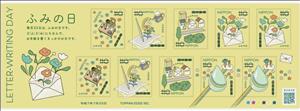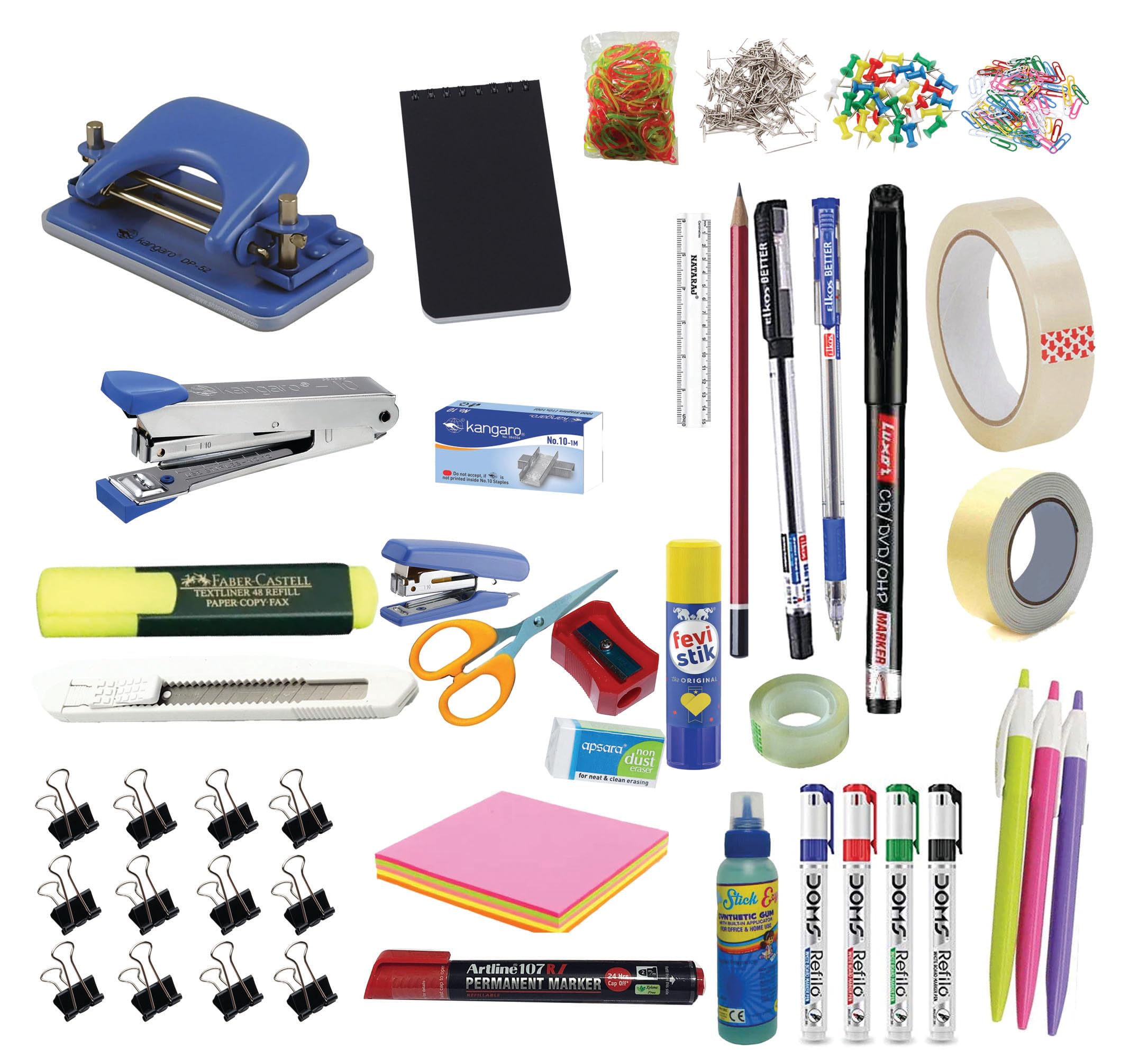Mini Sheet: Letter Writing Day 2025 (Japan 2025)
Letter Writing Day 2025 (Japan 2025)
23 May (Japan ) within release Letter Writing Day 2025 goes into circulation Mini Sheet Letter Writing Day 2025 face value 10*110 Japanese yen
| Mini Sheet Letter Writing Day 2025 in catalogues | |
|---|---|
| Colnect codes: | Col: JP 2025.05.23-02 |
Mini Sheet is square format.
Contains two sets of five designs. Design layout prevents creation of se-tenant strips of five.Also in the issue Letter Writing Day 2025:
- Mini Sheet - Letter Writing Day 2025 face value 10*85;
- Mini Sheet - Letter Writing Day 2025 face value 10*110;
- Stamp - Letter Writing Day 2025 face value 85;
- Stamp - Letter Writing Day 2025 face value 85;
- Stamp - Letter Writing Day 2025 face value 85;
- Stamp - Letter Writing Day 2025 face value 85;
- Stamp - Letter Writing Day 2025 face value 85;
- Stamp - Letter Writing Day 2025 face value 110;
- Stamp - Letter Writing Day 2025 face value 110;
- Stamp - Letter Writing Day 2025 face value 110;
- Stamp - Letter Writing Day 2025 face value 110;
- Stamp - Letter Writing Day 2025 face value 110;
Mini Sheet Letter Writing Day 2025 it reflects the thematic directions:
A flower, sometimes known as a bloom or blossom, is the reproductive structure found in plants that are floral (plants of the division Magnoliophyta, also called angiosperms). The biological function of a flower is to effect reproduction, usually by providing a mechanism for the union of sperm with eggs. Flowers may facilitate outcrossing (fusion of sperm and eggs from different individuals in a population) or allow selfing (fusion of sperm and egg from the same flower). Some flowers produce diaspores without fertilization (parthenocarpy). Flowers contain sporangia and are the site where gametophytes develop. Many flowers have evolved to be attractive to animals, so as to cause them to be vectors for the transfer of pollen. After fertilization, the ovary of the flower develops into fruit containing seeds. In addition to facilitating the reproduction of flowering plants, flowers have long been admired and used by humans to beautify their environment, and also as objects of romance, ritual, religion, medicine and as a source of food.
Originally, the term 'stationery' referred to all products sold by a stationer, whose name indicated that his book shop was on a fixed spot. This was usually somewhere near a university, and permanent, while medieval trading was mainly carried on by itinerant peddlers (including chapmen, who sold books) and others (such as farmers and craftsmen) at markets and fairs. It was a unique term used between the 13th and 15th centuries in the manuscript culture. Stationers' shops were places where books were bound, copied, and published. These shops often loaned books to nearby university students for a fee. The books were loaned out in sections, allowing students to study or copy them, and the only way to get the next part of the book was to return the previous section


